America's Hypersonic Missile Has Failed to Launch. Again.
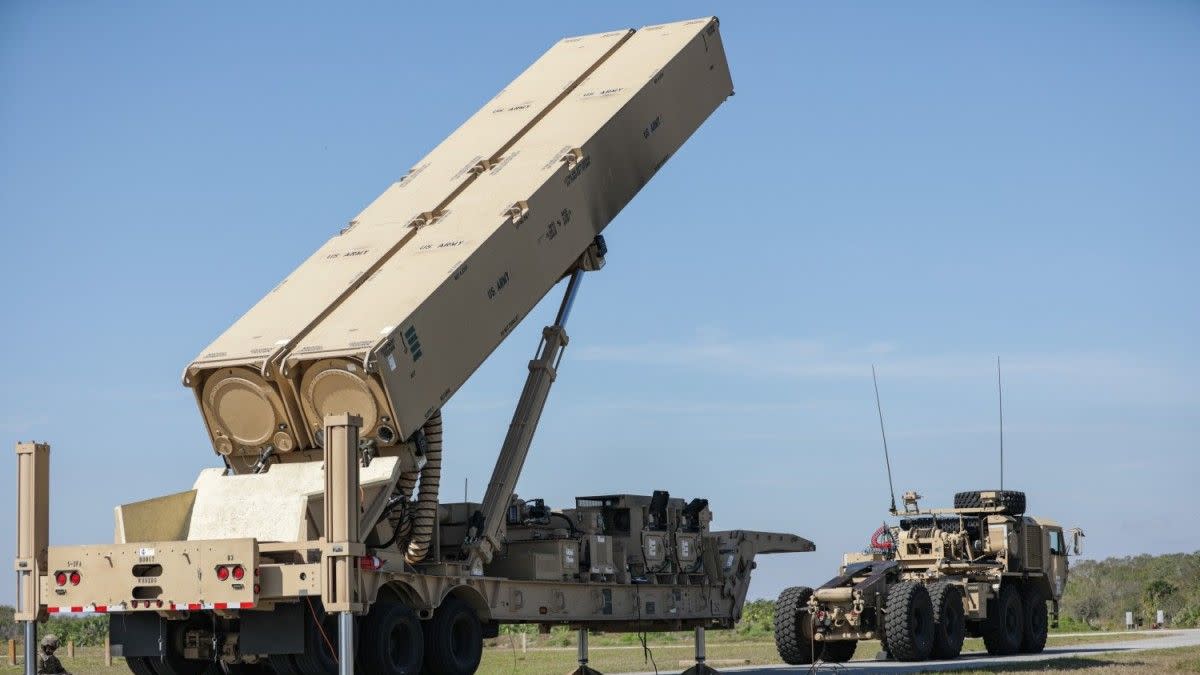
Last week, the Army was on the verge of conducting the first flight test of its newly developed Dark Eagle hypersonic medium range land-attack missile at Cape Canaveral. Named Joint Flight Campaign 2, the launch would focus on testing the functionality of the missile battery's Weapon Control System and Battery Operations Center components.
But then, the service conducted a pre-flight check. Nobody knows exactly what the check discovered, but we do know that the flight test was canceled last Wednesday “as a result” of what it found, per an Army spokesman.
This marks yet another setback for the Pentagon’s program to introduce hypersonic missile capabilities into all three primary fighting services to catch up with similar capabilities developed by Russia and China.
Furthermore, it’s the fourth test in a row to go awry involving Dark Eagle and the Navy’s highly similar Conventional Prompt Strike missile, which shares the same basic Common Hypersonic Glide Body (C-HGB) with modifications for launch from submarines or Zumwalt-class stealth destroyers.
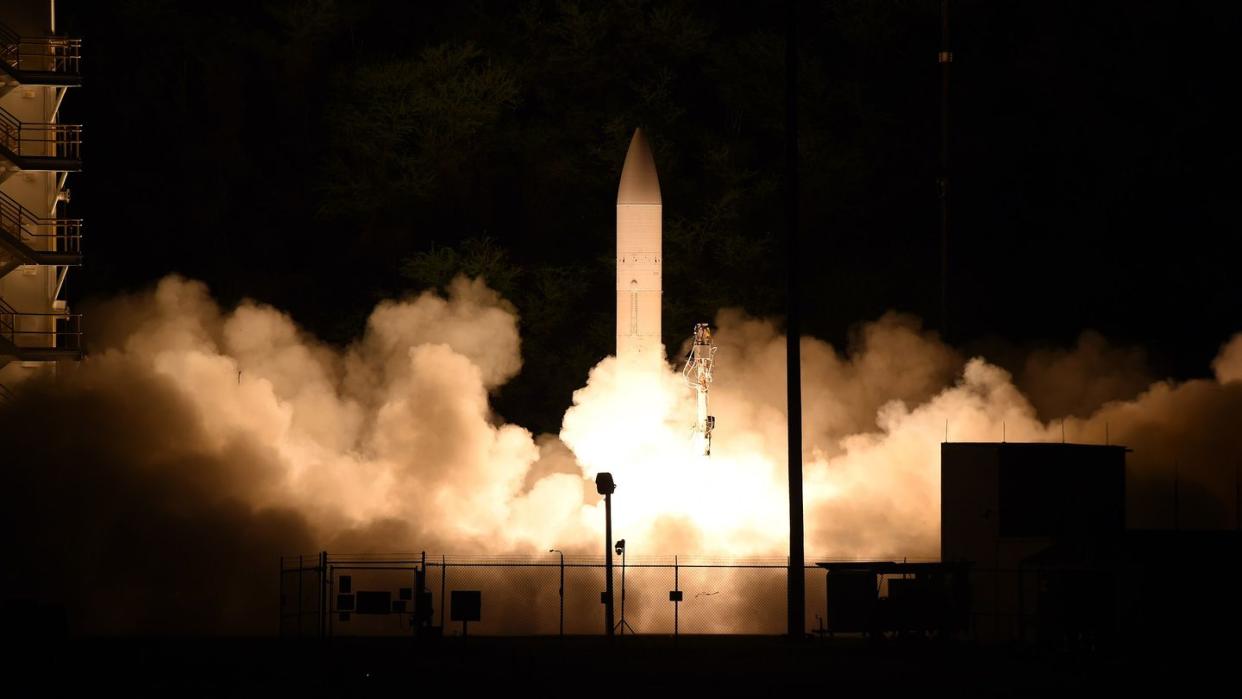
Previously, in June of 2022, the Navy’s test launch of a complete ‘all-up’ CPS missile, known as Joint Flight Campaign-1, failed before it even had a chance to release its hypersonic glider. Then, a test of Dark Eagle scheduled for late 2022 was canceled due to ‘preflight issues.’ The test launch that was rescheduled for March of 2023 was also canceled due to a battery failure identified during the pre-flight check.
Dark Eagle was supposed to officially enter Army service by the end of this September in the strategic fires battalion of the service’s 1st Multi-Domain Task Force—a deadline that now seems unlikely to hold. The Army can’t debut the new missile into service until it completes three flight tests. Two more batteries were planned for activation in 2025 and 2027.
Too little information has been made public to tell whether the latest cancelation is related to the issues behind the canceled March test and failed June 2022 launch. However, the canceled launch seems likely to further delay the Army and Navy program as whole.
Earlier this April, the Air Force also canceled its AGM-183A ARRW hypersonic weapon, which the service hoped to enter into service rapidly, following a shocking string of failed flight tests.
Ironically, in 2020, the Air Force canceled an air-launched version of the Army and Navy’s C-HGB missile body called HCSAW (or ‘Hacksaw’), on the grounds that ARRW was more promising.
Why does Dark Eagle fly so fast?
The Pentagon’s surging interest in hypersonic arms was undoubtedly spurred by China and Russia’s lead in deploying these weapons, including Russia’s Avengard hypersonic glide vehicle (loaded onto a R-36 intercontinental-range missile) or Chinese DF-17 missile which launches a DF-Z glide vehicle. The collapse of the INF arms control treaty in the late 2010s, banning land-based medium-range missiles, cleared the way for the Army.
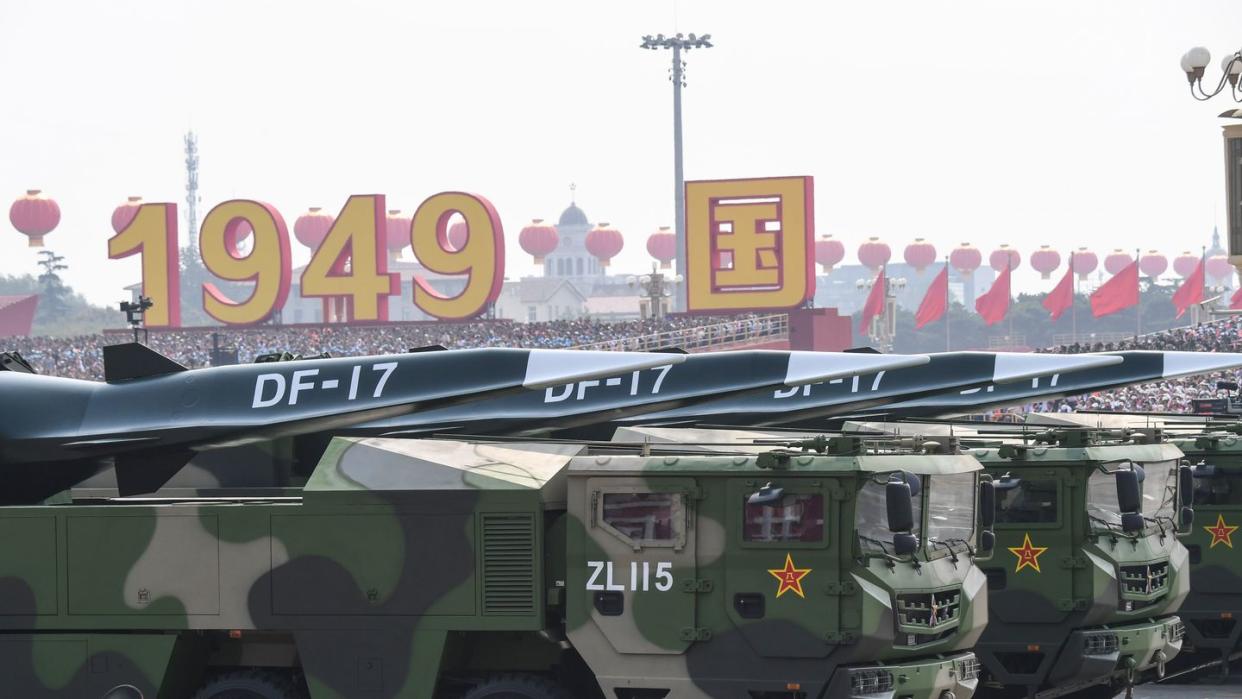
Strictly speaking, hypersonic weapons are those that equal or exceed speeds equivalent to five times the speed of sound. But in modern usage, the term usually refers to two specific kinds of weapon. One is the hypersonic glide vehicle, released by a ballistic missile upon exiting the atmosphere. This ‘glider’ is designed to skip-glide on a shallow trajectory just above the denser atmospheric particle. Dark Eagle, CPS and the canceled ARRW are examples of this type of weapon.
The other approach is to develop lower-flying cruise missiles propelled by an air-breathing ramjet engine that can sustain high speeds all the way to target.
For both missile types, their biggest attraction compared to traditional ballistic missiles isn’t so much speed as it is maneuverability—making interception by air defenses more difficult, and requiring differently configured sensors to track.
Dark Eagle, also known by its former program name ‘Long-Range Hypersonic Weapon’ (LRHW)—is a trailer-launched intermediate range weapon estimated to reach over 1,700 miles. The missile travels attain a peak speed of Mach 17, or one mile every five seconds.
A Dark Eagle battery has four trailer-based launchers carrying two canistered missiles apiece. Each M870 trailer is towed by an eight-wheeled M983A4 HEMTT tractor-trailer truck, and there’s also six-wheeled command truck serving as the Battery Operations Center.
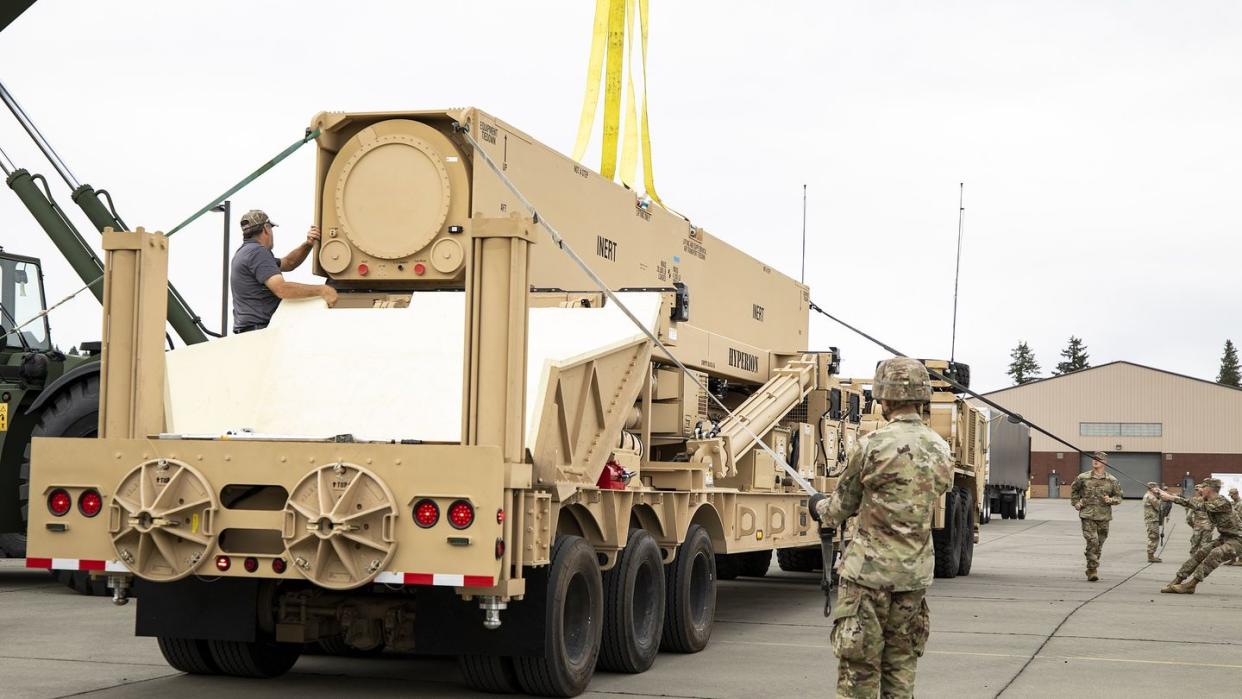
Dark Eagle batteries will be integrated into the Strategic Fires battalions of each of the Army’s five theater-wide Multi-Domain Task Force units, which also make use of electronic warfare assets, air defenses, and comparatively shorter range missiles (Tomahawks and SM-6s) in Mid-Range Capability land-attack batteries.
The Army wants Dark Eagle to give it a hard-hitting precision strike weapon to promptly hit distant high-value targets with high odds of evading air defenses. That particularly includes places that even stealth aircraft would be at grave risk trying to attack. Indeed, Dark Eagle strikes could be employed to knock out air defense radars to ‘kick open the door’ for strike aircraft.
Their long range means that the batteries can be deployed a long distance back from enemy strike assets—say, on remote islands or on the soil of allied states far from the frontline—and the system is conveniently transportable by C-17 cargo jets. However, in reality, convincing allies to host such weapons is likely to attract enemy long-distance strikes could prove difficult.
Currently the Air Force’s remaining hypersonic project of record is the air-breathing HACM cruise missile, which at least has potential to be more affordable and stealthy than a hypersonic glide-style weapon. The Navy is also working on an aircraft-launched hypersonic anti-ship cruise missile known as HALO.
How urgently does America need hypersonic weapons?
The Pentagon is undoubtedly egged on by boasts from China and Russia that they have come ahead of Uncle Sam in fielding hypersonic weapons. However, the conflict in Ukraine has provided evidence that hypersonic weapons may not be as necessary as previously imagined, given that the U.S. already deploys a viable alternative: stealth cruise missiles.
The F-16-compatible AGM-158A JASSM missile is particularly similar to the UK and France’s Storm Shadow/SCALP-EG air-launched cruise missiles, which were given to Ukraine and strapped onto its old Soviet Su-24 Fencer bombers. Russia’s air defenses—often thought to be the most sophisticated in the world—have demonstrably struggled to intercept them, leading to the destruction of many Russian command posts, air defense batteries, and fuel and ammunition depots.
The Air Force’s shorter-range air-launched AGM-158A JASSM missile is pretty similar in capability to the Storm Shadow/SCALPs. There’s also a much longer-range 158B model, and a ship-destroying AGM-158C missile called LRASM available to the Navy. Notably, a series of wargames run by the CSIS think tank in 2022 found that anti-ship capable AGM-158s launched at standoff range were of vastly greater importance in a future conflict than hypersonic missiles.
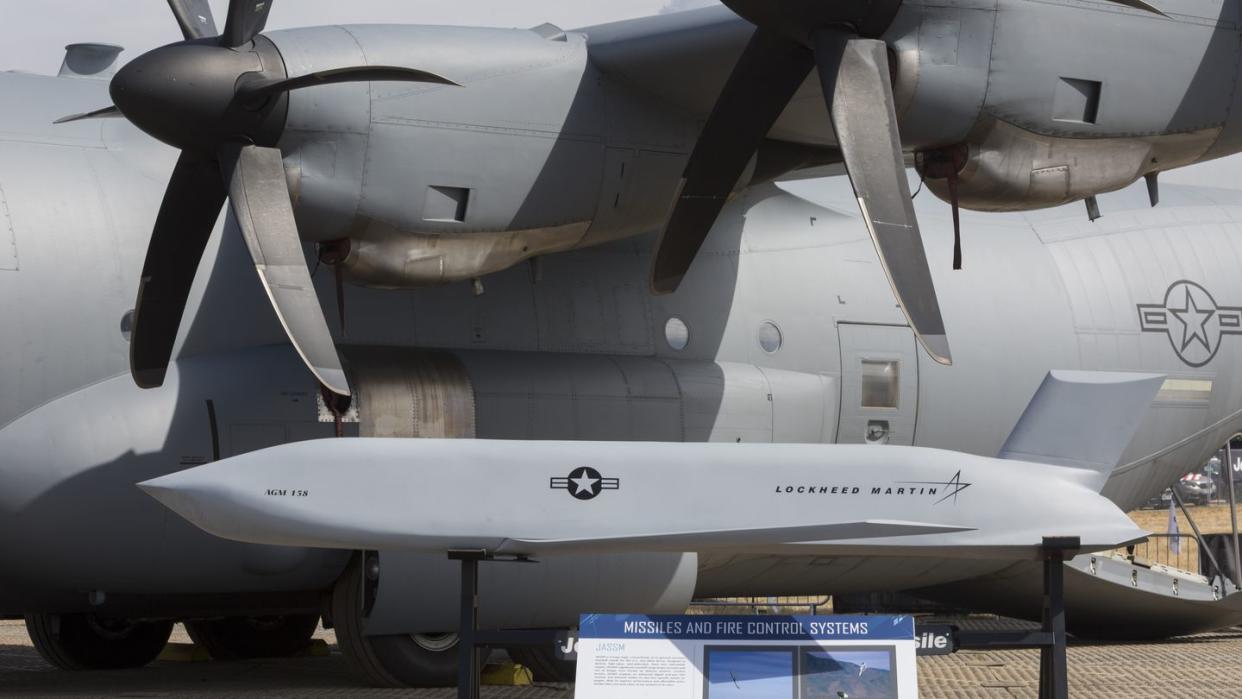
While these subsonic stealth missiles are many times slower than pricier hypersonic weapons, if they avoid air defenses just as consistently, the need for hypersonic weapons becomes debatable.
Admittedly, even the extended-range AGM-158B may have only one-third the range of LRHW (or worse). And the slow-but-stealthy approach does have limitations when there’s a need to rapidly strike a time-sensitive target—say, knock out enemy nuclear missiles before they launch, or destroy landed aircraft being refueled and rearmed. Slower stealth missiles may also be more susceptible to non-radar-guided point defense systems, which are especially common on warships.
These contingencies may provide a rationale to develop hypersonic weapons beyond the oft-claimed high penetration rate.
While the Army reschedules its JFC-2 and follow-up JFC-3 flight tests, the Navy will conduct ‘cold launch’ tests JFC-4 and -5 by by late 2024 (or with recent delays, more likely 2025). These tests are designed to verify that the missiles can be effectively and safely launched using pressurized gas from the simulated deck of a Zumwalt-class stealth destroyer before transitioning to their deck-scorching rocket engines. This would be followed by test launches JFC-6 and JFC-7 from the USS Zumwalt and Michael Mansoor in 2026 (or likely later).
Despite recent setbacks, the Army and Navy are likely to keep on iterating to work out the kinks on their shared missile design, particularly as neither has a real fallback option in the wings. The services must surely hope they can break the recent string of aborted or failed tests and avoid the fate of the Air Force’s once-promising ARRW program.
You Might Also Like
